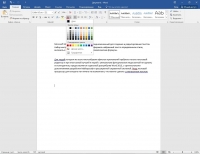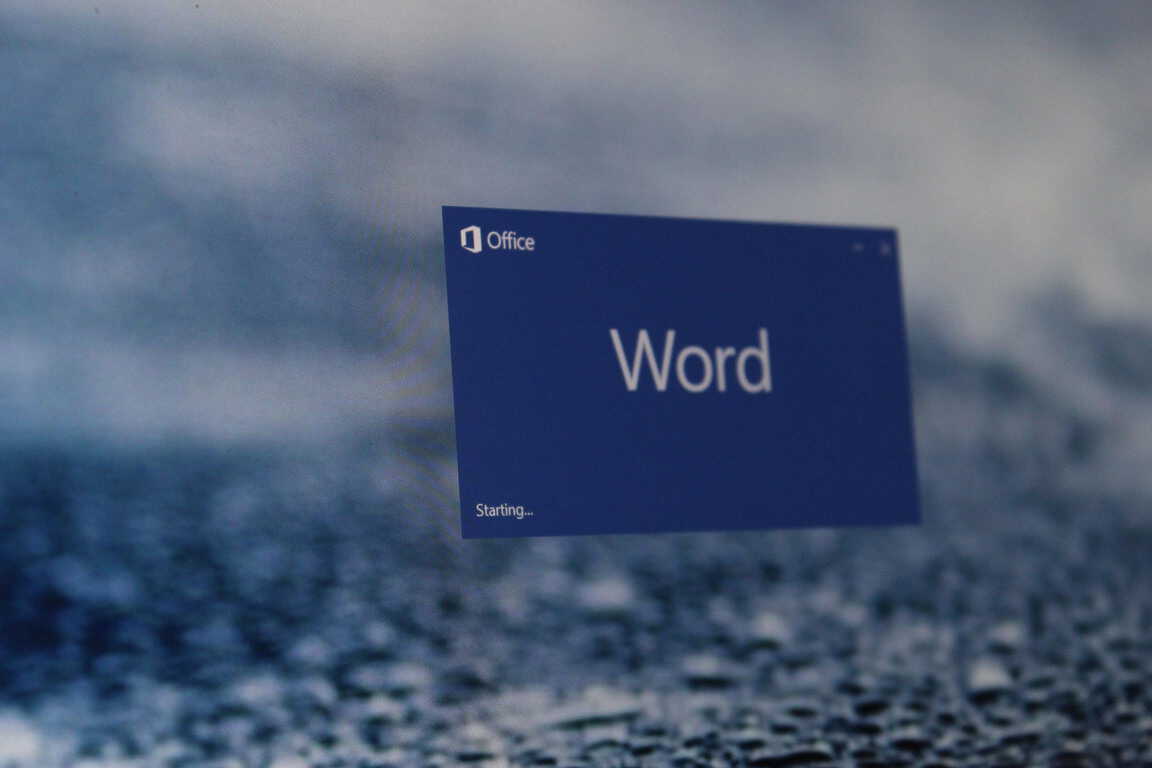

If the table disappears entirely, click the Layout ribbon in the Table Tools section, then click View Guidelines over to the left. Pull down the Table Styles panel by clicking the tiny line and arrow icon in its lower-right corner, and select Clear. If you’re going to use a table in place of columns, select the Clear table style so that readers don’t know that it looks like columns.Two more ribbons will appear, in a section called “Table Tools.” Click this section’s Design tab. This will make the table appear, but that’s a problem. On the Insert ribbon, pull down the Table icon and select two columns/one row (assuming you want two columns).

You can spend an hour getting everything laid out perfect, then realize that you need to add one sentence, throwing everything off. Both approaches guarantee needless busywork and headaches. Most people try to set up this type of layout either with tabs or with Word’s Columns feature. Then the word Education on the left must start on the same line as your graduate school. Ever try to lay out a page where the text on the left has to line up vertically with the text on the right? Take, for instance, a résumé, where the word Experience in the left column lines up with the top of several paragraphs listing past jobs. It’s ridiculously difficult to keep columns of text lined up in Word.

Bring up Word, without loading a document, and a document recovery pane on the left will let you pick between the last AutoRecover and the last regular Save. docx file that you save manually.īut should Word, Windows, or your hardware crash, you’ll be glad it’s still there.

That’s important to remember–these files are temporary and are no substitute for the real. When you close a document or exit Word properly, the file is deleted. Word 2010 users should also check Keep the last autosaved version if it’s not already checked.Īt the set intervals, AutoRecover saves your document with a different name in a folder that you never need to open. You can change the number of minutes if you like. Make sure Save AutoRecover every n minutes is checked. Word 2010 users should click the File ribbon tab, then Options in the left pane. If you’re using Word 2007, click the Office orb, then Word Options. It’s probably already turned on, but let’s make sure. Luckily, Word has another way to regularly save your document: AutoRecover. If the new document you just created doesn’t crash Word, you can continue to use Abnormal.īut since saving a file this way depends on your work habits, it’s not entirely reliable (no offense intended). Select My templates, then Abnormal (or whatever you named the file). In Word, click the Office orb (Word 2007) or the File ribbon tab (Word 2010), and click New. When you relaunch Word, it will recreate a new Normal.dotm file containing Microsoft’s default settings.ĭepending on how corrupt your Normal template is, you may still be able to load it after Word is up. Otherwise, if you have another backup, see if you can restore the file from that. Try restoring one of the versions that comes up and see if it helps. Right-click the file Normal.dotx (or Normal.dotm) and select Restore previous versions.
#WHAT TO DO WHEN MICROSOFT WORD FREEZES WINDOWS 7#
Windows 7 users may be able to do this even if they haven’t been consciously backing up. By changing the name of the Normal.dot file, you can bring Word back to its out-of-the-box condition.If you’ve customized Word considerably–changing styles or writing macros (especially writing macros)–a restored backup is your best bet.


 0 kommentar(er)
0 kommentar(er)
